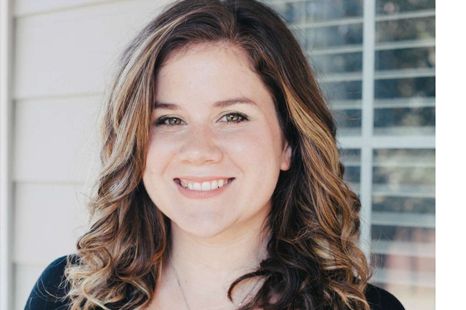
While not a panacea, new Smart Home technologies promise to enable the elderly population to function freely and safely in their homes.
It’s easy to forget that home automation is about more than just gadgets. After all, almost every product you can think of is getting the smart home treatment—from the highly useful, such as automated locks, to the slightly less necessary: smart fridges that tell you when you’re out of milk.
However, for the elderly, smart tech means more than just a few new toys. It holds the promise of autonomy – being able to stay in homes longer and more safely, which can be completely game-changing.
For places like institutional elderly care, as it currently stands, the systems are imperfect at best. Most pressingly, they’re not affordable and they’re not really all that effective, either. Initial studies indicate that staying in the home results in remarkably better health outcomes than moving to a care facility.
Although the elderly obviously faces challenges that inhibit independent living. Access to emergency care is a priority, of course, but even rote tasks like washing and bathing pose difficulties for elderly facing mobility issues. Smart technology promises assistance in the form of data mining and monitoring – ‘learning’ objects that are able to distinguish between usual behavioural patterns and an accident, and can alert healthcare providers in the event of the latter.
Creating a connected home
While individual devices demonstrate great promise for elder care safety and quality of life, a smart home’s current limitation – an issue that affects all age groups – is that there is no ideal unified system of control. Selecting a home hub device means navigating a list of supported products and systems, a difficult feat for someone not at ease with technology.
Even Apple’s HomeKit, which promises to connect a jumble of different products, requires downloading and installing a manufacturer app for each appliance or device. And in the hands of an older person, that can be more challenging. Developers who hope to assist the ageing must concentrate on simplicity rather than customisation—and having an exceptionally user-friendly app will likely make the difference here.
That’s how the technology stands in its current iteration. The goal is that the hardware in appliances will one day allow communication without the help of a human aide. You can imagine the potential of that sort of technology for the elderly. For instance, a patient in the early phases of dementia wouldn’t need to worry about leaving the stove on – motion sensors installed in the space could detect when a home was empty and shut dangerous devices off.
Those improvements would make daily life easier for the elderly, but what about preventing or managing emergency situations? Environmental sensors are the proposed solution
Robotics as a solution to elder care
Automation systems in the homes of the elderly would still put strain on the medical field – they’d need a health aide or caretaker on standby in order to function. Robotic aides, however, may present an interesting option. Aides are already being tested and used in Europe and in Japan, where trained healthcare providers and facilities are struggling to keep up with rapidly ageing populations.
Integrating medical and activity monitoring seems like the next logical step for devices intended for vulnerable populations – a system that could not only be alerted if a resident fell, but also if they were in danger of a heart attack. Here again, it’s the connectivity that is the missing ingredient – motion and bio sensors, appliances, and robots all need to be able to communicate with one another and interpret data in a way that makes sense.
Additionally, AI developers are hoping their programming and devices may not only prove beneficial for their owners’ health and safety, but that they’ll ease symptoms of dementia, too. It’s been shown that daily conversation, even online, can lessen cognitive decline. Bots may never be able to replace the warmth of the human touch, but with healthcare centres increasingly cash-strapped and limited by fewer resources, they can provide a level of attention and assistance elderly residents might not receive otherwise.





